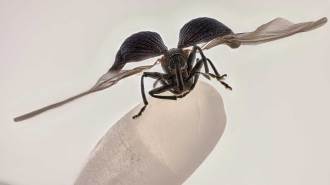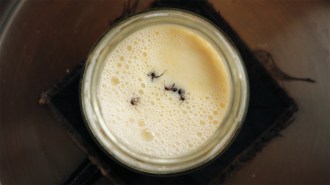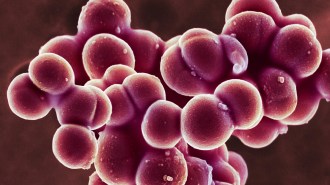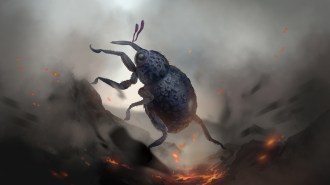Microbe mix varies by kind of home
Walled-in urban homes collect more bacteria shed by humans
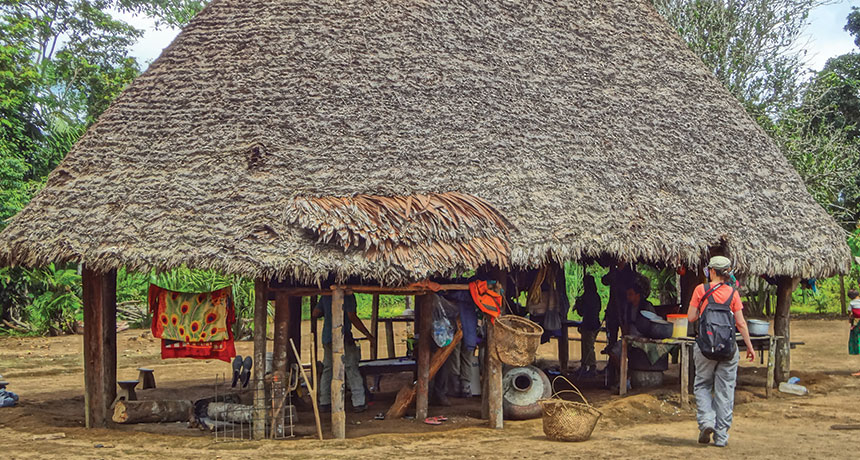
OPEN CONCEPT A hut in the jungle village of Checherta has no walls and is open to the outdoors, letting environmental bacteria live inside. More urban dwellings tend to have bacteria that come from humans.
Humberto Cavallin
